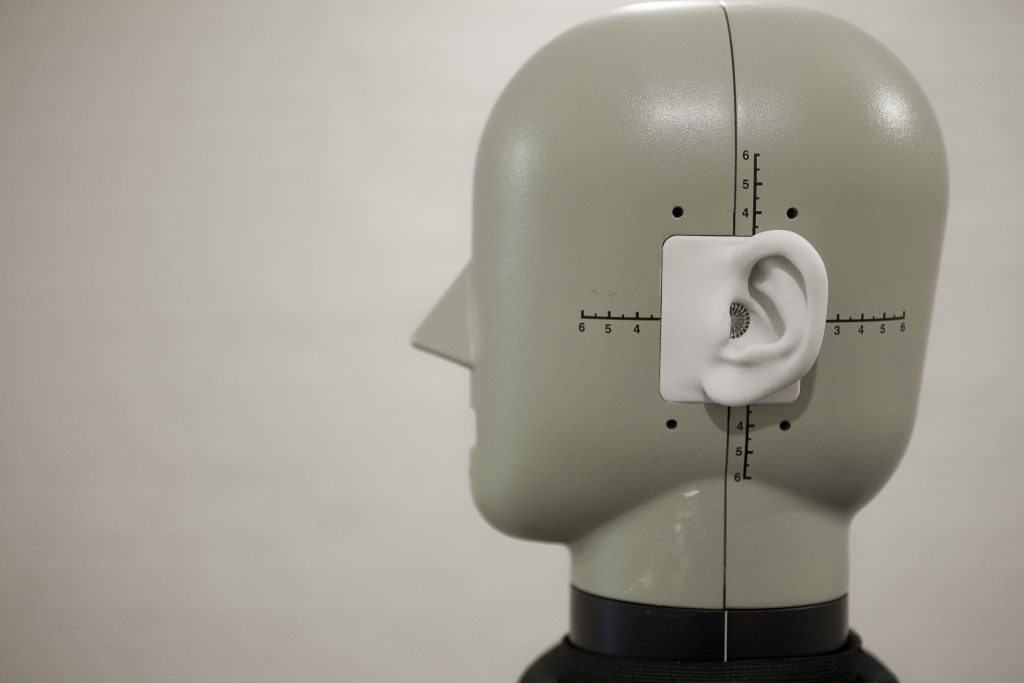Jury testing – Headphone types
There are different types of headphones on the market: open, semi-open, closed and in-ear headphones.
Open headphones
These sit lightly on or over the ear and were common on personal stereos. The cups allow sound to enter from external sources and leak out from the headphone. This means that ambient external noise is audible and also low frequency (bass sounds) leak out.
Closed headphones
These are used by people who only want to hear the music and not the outside world. The ear is surrounded by the ear cups which form an almost airtight seal and cuts out disturbing outside noise. These tend to be heavier than open headphones and so less comfortable for prolonged wear.
In-the-ear headphones
Are familiar from personal audio. They have tiny transducers and are worn just inside the ear canal. Sound quality can be excellent, but because the quality is so dependent on how well they fit the listener’s ears, they are inappropriate for sound quality work.
Semi-enclosed headphones
The semi-open headphones combine the benefits of open and closed headphone. Ambient noise is attenuated but can be still perceived making the listening experience more natural. We chose a good quality pair of semi-enclosed headphones for our tests (AKG 250).
